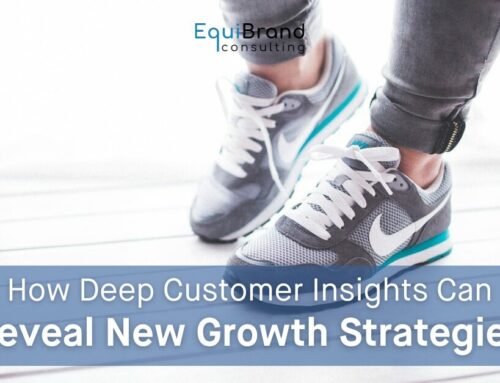Have you noticed that the rate of market change seems to be accelerating?
You’re spot on right.
The truth is, every market is dynamic as customer needs evolve, new competition appears, and the environment changes.
And these days, change is happening…FAST.
That’s why it’s crucial for companies to continually track and monitor marketplace needs through social listening, tracking studies, and other market research methods.
How the World’s Top Companies Gain Market Insight
Here are just a few ways some of the most successful companies we’ve profiled gather these insights:
- Nike involves professional athletes in product development, along with employing a wide range of scientific disciplines including biomechanics, physiology, biomedical engineering, mechanical engineering, physics, and kinesiology.
- Starbucks uses crowdsourcing to improve customer satisfaction and innovation, allowing customers to submit ideas for new products on its company website.
- Disney uses virtual reality, augmented reality, and artificial intelligence to reimagine, design, and prototype how people experience entertainment using emerging technologies.
- Google’s algorithms continuously build on its customers’ collective intelligence so that Google repeatedly learns from—and about—its users.
- Amazon breaks down its business in formulaic terms, then captures metrics in real time to improve the customer experience.
Infuse Market Insight with Action to Unleash Growth
The methods vary. What matters most is systematically obtaining insight and infusing it with action to unlock growth.
Insight is a required input to strategy development, and it needs to clear a high hurdle. It must be:
- Deep
- Proprietary
- Forward-looking
- Actionable!
Maniacally focusing on the end customer promotes an outside-in perspective, which in turn leads to internal clarity and customer-centricity. From there, create a customer framework and confirm strategic growth opportunity areas, as in the topics described next.
Structure Problem Solving and Obtain Insight…
Situation-complication-resolution, also known as SCR, is a problem-solving framework used by storytellers and consultants to structure thinking and gather insights.
Here at EquiBrand, we use SCR to categorize business issues and relay findings on client engagements. There are three parts to this:
- Situation confirms the current state, in bullet point fashion. Start by telling your audience what they already know to put them at ease.
- Complication identifies factors that are negatively impacting the situation. Describe the tension and underlying reasons it exists.
- Resolution identifies the actions required to solve the complications. What needs to happen to address the issues identified?
Here are some examples of SCR
To give you an idea, some examples of SCR are paraphrased below:
Situation: Many business leaders see their playing field as fixed. From that vantage point, they tend to overemphasize downstream marketing. Yes, a downstream focus is necessary, but it is not enough.
Complication: Upstream marketing is a proven way to grow. However, it lacks familiarity, understanding, and practical instruction. It takes time, can be difficult to do, and may be hard to measure.
Resolution: The upstream marketing framework provides a structured way to enact the principles of insight, identity, and innovation and six corresponding practices to answer four key strategy questions.
When should you use SCR? Any time you need to confirm issues and develop an argument or proposition. It’s a simple construct to create and it’s easy for audiences to understand.
4 Key Strategy Questions to Consider
- What do you know about your important customers…that your competitors don’t know?
- Have you structured insight-gathering to obtain critical where-to-play and how-to-win perspectives?
- How would you define the benefit hierarchy for the category in which you compete?
- Are you using concept iteration to get people on the same page strategically?
Asking and evaluating your answers to these questions can help you gain insights you might not otherwise have had. It’s also an opportunity to learn how you can take action to create a customer-centric marketing plan.
Interested in taking a deeper dive? We’re pleased to offer a free download of Chapter 2 of our best-selling book, Upstream Marketing. Access your free chapter here.


















Follow EquiBrand